The conceptual framework of landscape urbanism has evolved from a heady intellectual brew without. In the most recent issue,
Topos 71: Landscape Urbanism the topic is first and foremost in the minds of the editors and authors collected within. Featuring essays from the LU stalwarts including Corner, Waldheim, Mostafavi, and Doherty - the content is rounded out with additions from some other voices such as Susannah Drake, Douglas Spencer, and Adriaan Geuze, global perspectives from Kongjian Yu from China and Thorbjörn Andersson from Sweden - amongst others. The issue also includes a profile of the Topos Landscape Award winner for 2010 - Stoss LU, which gives a hint at what landscape urbanism in action can be when it evolves from theory to practice.

In order to truly investigate this issues - and place the concept of LU in it's proper perspective, I've decided to provide a series of posts for each essay, rather than a collective reading of the entire text. It is my hope that we can look on Topos 71 as a touchstone of where LU has evolved to, and also determine the multivalent ways in which it will evolve. As Richard Schafer mentions in the editorial introduction, even in this context landscape urbanism is considered and
'abstract subject' and an
'ambiguous concept', showing there is still a lack of cohesion. There is also the ongoing debate that LU is merely what we've been practicing as landscape architects, or at least a reframing of the
"...static view of things in landscape architectural practice [to] ... rely on open processes and overlapping layers". (p.3)
Obviously this issue isn't the final word and the debate will continue, but it is a great opportunity to reflect on the nature of 'urbanisms' and look forward as to what potential there is, if any, for landscape urbanism in both theory and practice. I encourage readers to weigh in on their thoughts on landscape urbanism, and their reactions to the issue of Topos.
On Landscape, Ecology and other Modifiers to Urbanism(Charles Waldheim)
In the first essay, we return to the source of the term 'landscape urbanism' to see where Mr. Waldheim sits on the current status of the concept. While reminding us of the emergence of the term as a critique of the shortcomings of modern planning in our global world, Waldheim remarks that as LU reaches a sort of 'middle-age' it has become less avant-garde and perhaps more relevant as it
"...is rapidly being absorbed into the global discourse on cities within urban design and planning." He also brings up the more recent 'adjectival modifier' of ecological urbanism, with the caveat that we have
"...ongoing need for re-qualifying urban design as it attempts to describe the environmental, economic, and social conditions of the contemporary city." (p.21)
The preponderance of adjectival modifiers of the word 'urbanism' notwithstanding, the main thrust of landscape urbanism (or these other modified versions) is that we need to continually redefine the discipinary boundaries that still persist in urban planning. While no one modifier completely captures the potential, the root of cross-disciplinary study does continue to drive all of the more compelling ideologies, including ecological and landscape urbanism, as they become a more holistic
"...response to the increasingly complete inter- and multi-disciplinary context of professional practice." (p.22)
In the end (perhaps just for myself) the idea of landscape urbanism needs to have some relevance to the practices of planning and landscape architecture and produce tangible products that can be evaluated and deconstructed to learn if they work or not. Waldheim draws out 'New Urbanism' as one of the failings of a modern planning (and don't think
the leaders of NU aren't watching) due to a reliance on nostalgia and an overly deterministic approach to form-making.
 :: Berkeley's Center Street Plaza by Walter Hood - image via A World of Words
:: Berkeley's Center Street Plaza by Walter Hood - image via A World of WordsThat LU offers a
"...culturally leavened, ecologically literate, and economically viable model for contemporary urbanization as an alternative to design's ongoing nostalgia for traditional urban form." (p.24) While the forms of landscape urbanism are less possible to be codified (or possibly because of it), there is a lack of dogmatic reverence to theories of LU that make it much more palatable. That said, the cohesiveness of the NU movement is something to learn from, at least in terms of marketing and legibility.
Waldheim looks more at the evolution of the planning professions instead of landscape architecture as a result of the drive towards landscape urbanism - making it seem less a call to redefine our profession than to expand ourselves into urban design and planning with a strong connection to design - much as it was envisioned by Olmsted 150 years back. The groundbreaking work of McHarg changed the way we envision planning, but also led to a split as the determinism and inherent lack of design made it open to criticism and spawned a long-term art vs. science debate that set our profession back decades. This potential not just to make better planning and landscape architecture, but to reenvision the historical definition the professions as encompassing applied urbanism:
"Incorporating continuity with the aspirations of an ecologically informed planning practice, landscape urbanism has been equally informed by high design culture, contemporary modes of urban development, and the complexity of public-private partnerships." (p.24)
The problem, alas, is how to frame this concept (or for lack of a better term, what the hell do we call it). My initial (and persistent) hope for landscape urbanism wasn't as much figuring out what it was, but rather determining how it would influence the practice of landscape architecture. Ideas of temporality, indeterminacy, flux, and change are sorely missing in the concepts of traditional practice, and are only just becoming part of the vocabulary around sustainable sites. Beyond drip irrigation and native plantings, a true rendering of landscape urbanism in practice would inherently need to be ecological and social, because it is tied into material flows that are impossible to simplify.
 :: The High Line by Field Operations - image via Loft Life
:: The High Line by Field Operations - image via Loft LifeThis is why the concept of 'ecological urbanism' is so troubling. Mostafavi is quoted
"As a critique of the landscape urbanist discourse, ecological urbanism promises to render that decade old discourse more specific to ecological, economic, and social conditions of the contemporary city." (p.24) While much more robust, it sounds like the tired 'three-legged stool' of modern sustainability which has proved unable to address true regenerative site design, and looks to apply it to the scale of the city.
On the other hand, the use of 'ecological' gives a more direct connection to something more tangible and less ambiguous (or culturally loaded) than the term landscape. Simply, people will be able to see a pathway more clearly than the foggy terrain of LU theory, and as mentioned, perhaps the best result will be not a elitist position (landscape urbanist as form maker of cities) to one that breeds cross-disciplinary approaches incorporating science, theory, and design. As Waldheim concludes:
"...the challenges of the contemporary city rarely respect traditional disciplinary boundaries." (p.24)
While not specifically responsible for this new emergence of
alternative 'urbanisms', the last decade of landscape urbanism theory has helped us to validate and expand the adjectivally modified forms and reanimate discourse about cities, emerging, as Waldheim mentions
"...as the most robust and fully formed critique of urban design over the recent past." This doesn't make landscape or ecological urbanism the answer, but rather give us new ways of thinking and talking about urban issues. More important than what you call it, it is the continuing evolution of dialogue that aids in developing specific and tangible expressions of theory, within a multi-disciplinary processes, and using this to address the real, persistent issues that matter to us all.































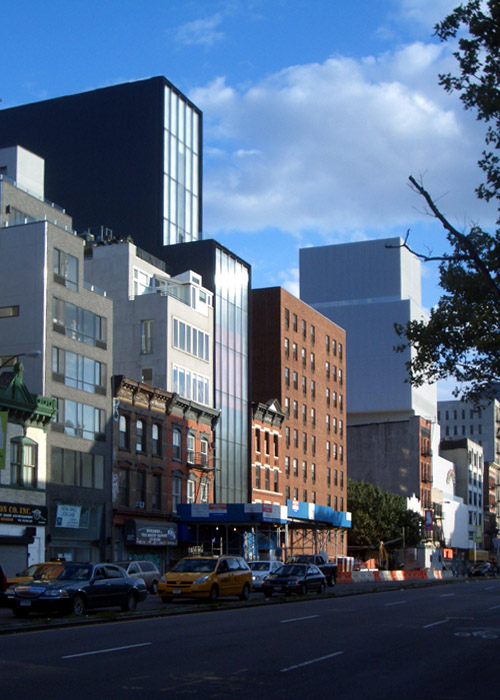
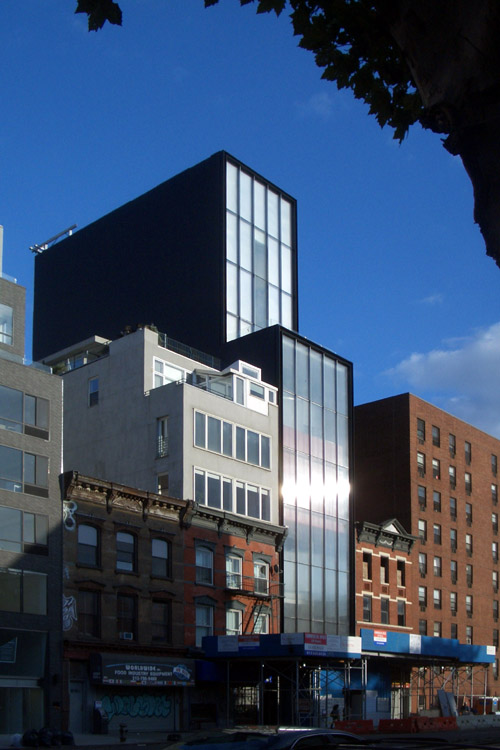
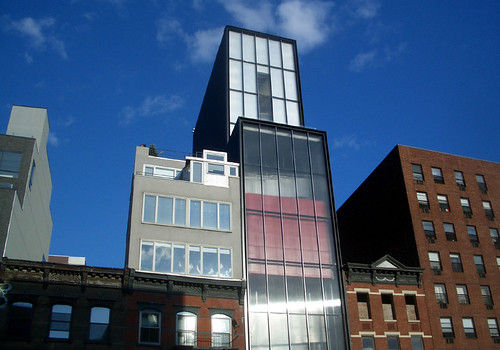
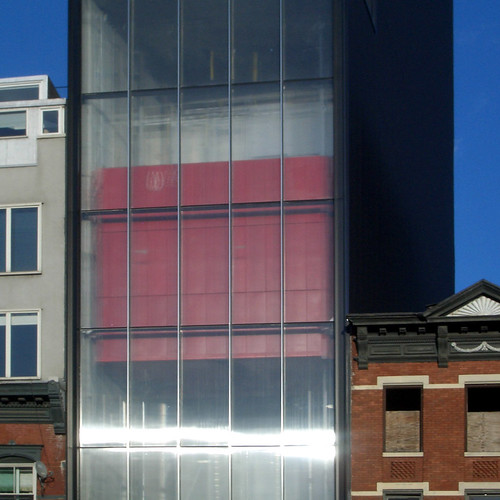
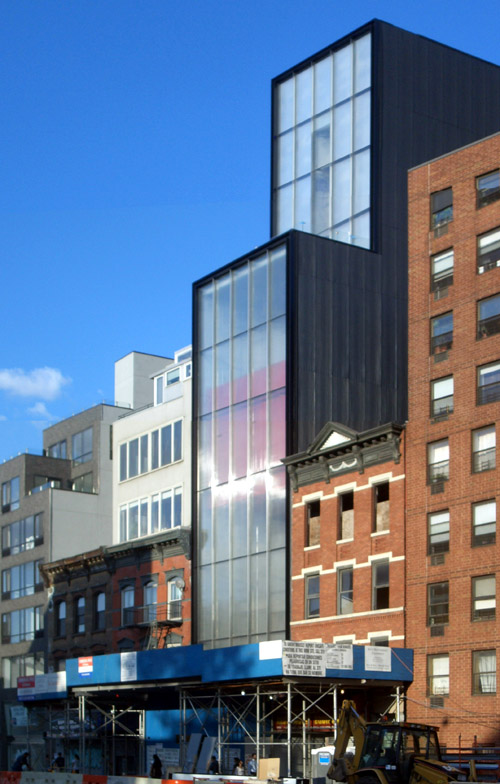



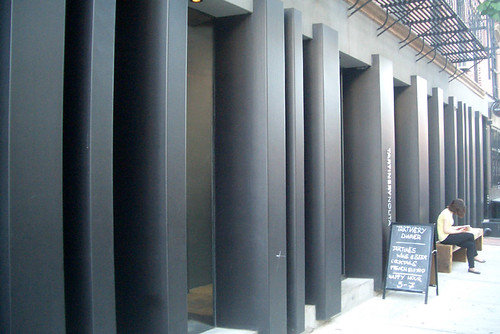

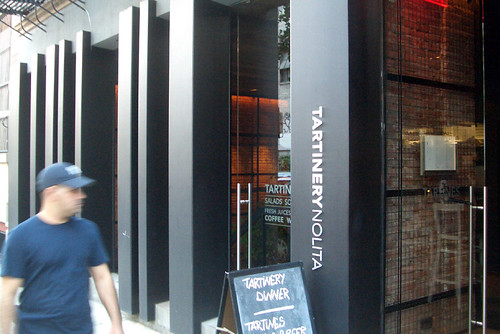
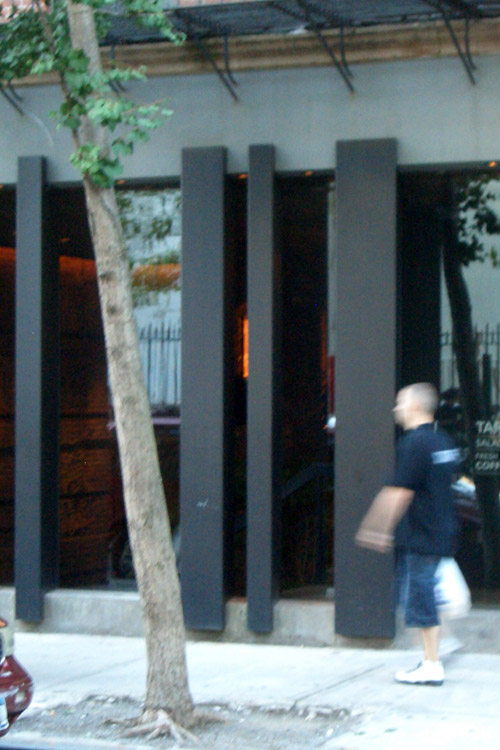









 I have always loved the fountain in the parterre but never thought much of the pattern which runs along the base. Even on a (rare) cloudy day in DC, the water would sparkle as it hit the points of the pattern; ingenius detailing.
I have always loved the fountain in the parterre but never thought much of the pattern which runs along the base. Even on a (rare) cloudy day in DC, the water would sparkle as it hit the points of the pattern; ingenius detailing.
 I have to remember to get out and explore the city even when I don't have the excuse of a guest in town. Hope you had a great weekend as well!
I have to remember to get out and explore the city even when I don't have the excuse of a guest in town. Hope you had a great weekend as well!